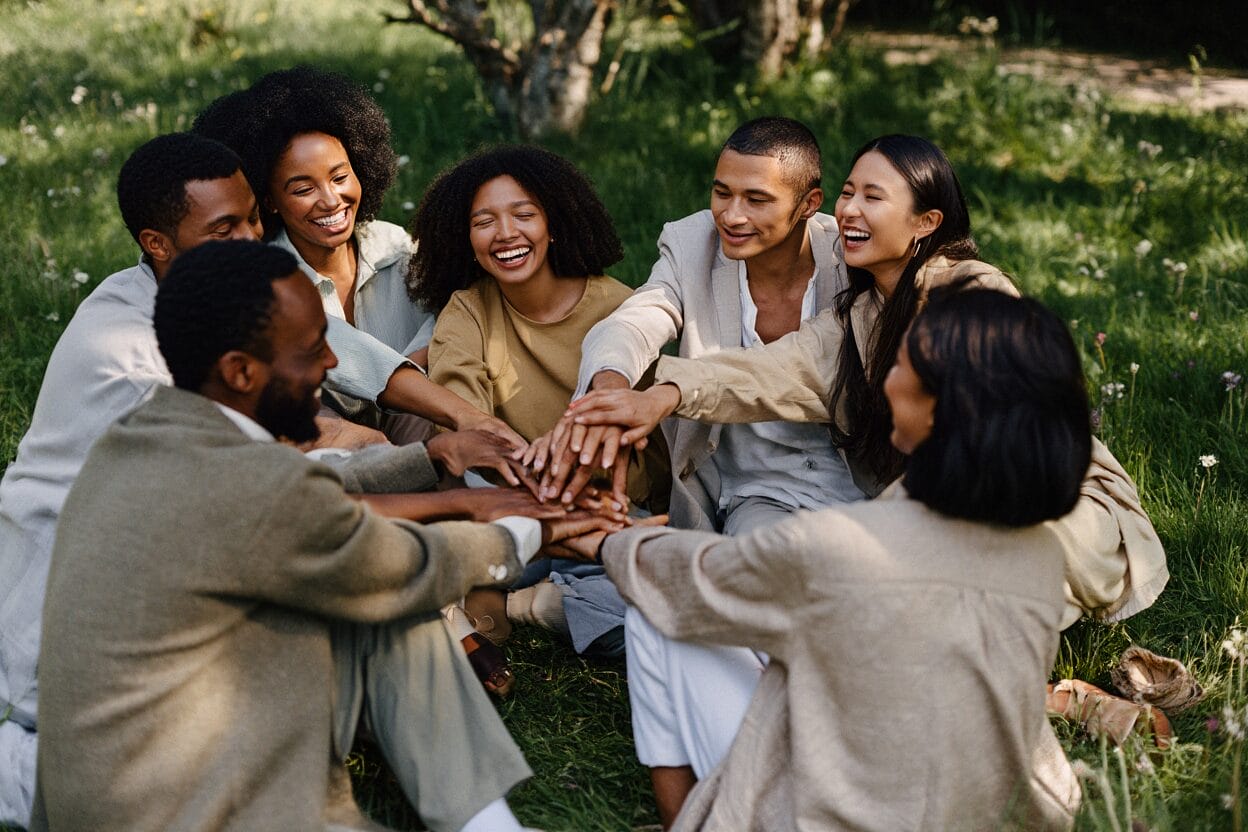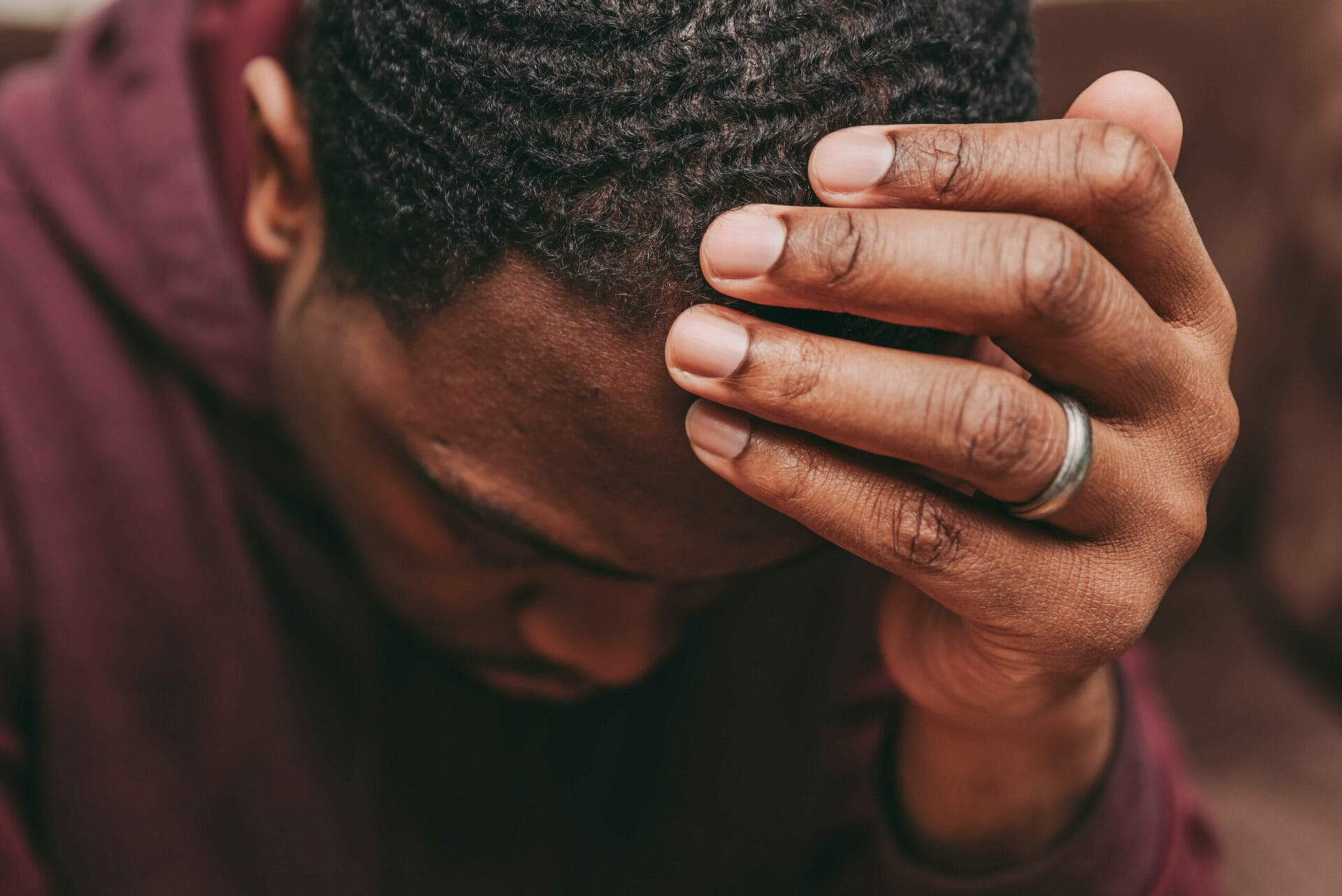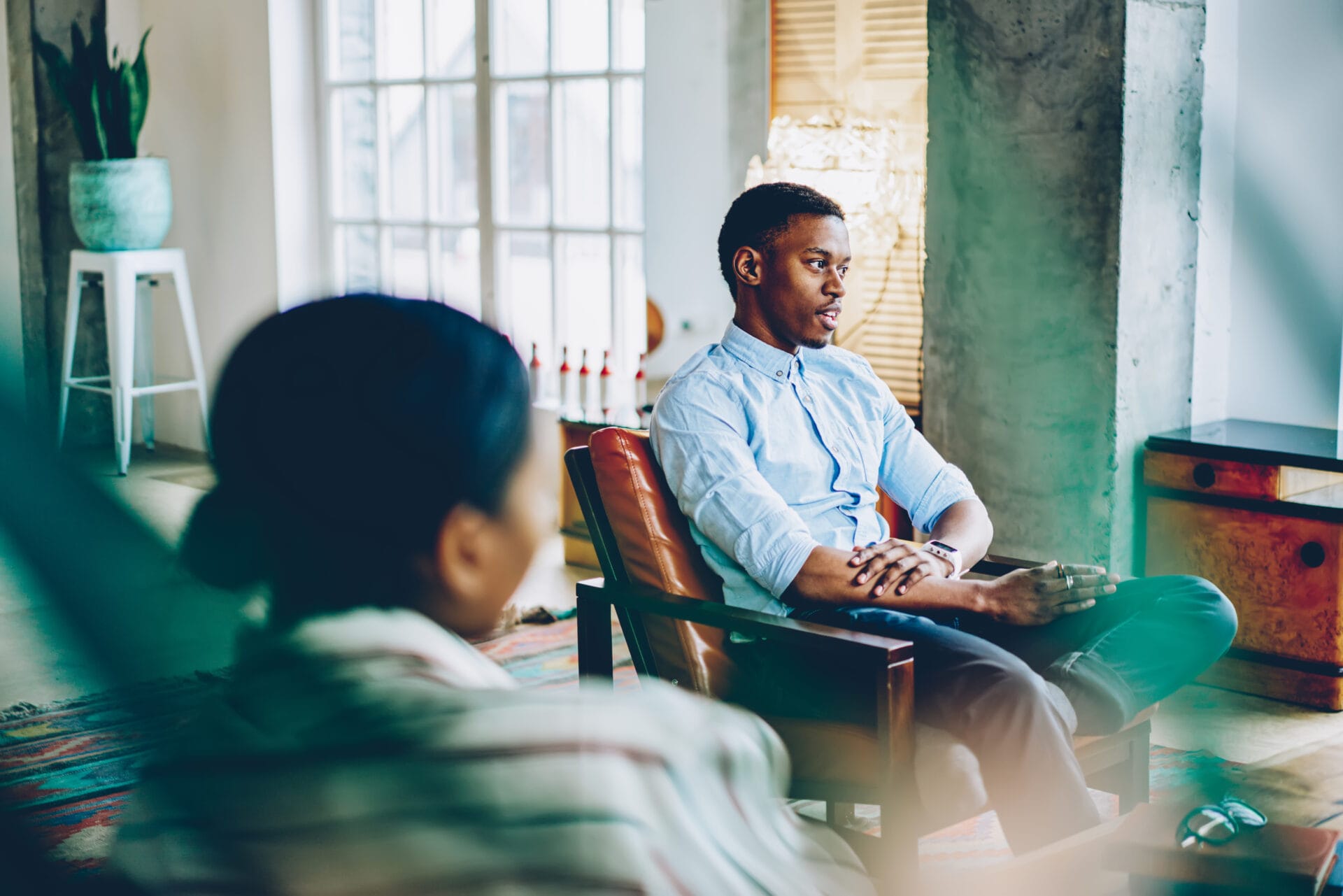For too long, mental health in BIPOC communities has been pushed to the side. Whether it’s pressure to appear strong, a deep mistrust of the medical system, or generational silence, stigma continues to prevent people from getting the support they need.
At Peace & Harmony, we believe that talking about mental health is one of the most powerful things we can do. Healing starts when the silence ends.
What Does Stigma Look Like?
Stigma doesn’t always show up in obvious ways. It can sound like:
- “You just need to pray about it.”
- “We don’t share our business with strangers.”
- “That’s not for people like us.”
- “You need to toughen up.”
These beliefs are often rooted in survival and protection. But they can also keep people suffering in silence and make it harder to heal.
Where It Comes From
The stigma around mental health in BIPOC communities isn’t accidental. It’s shaped by a history of trauma, mistreatment, and inequality. For many, therapy has never felt safe or trustworthy.
Some reasons include:
- Past trauma like slavery, colonization, or displacement
- Experiences with medical racism and abuse
- Pressure to be “the strong one” in the family
- Not seeing therapists who look like or understand you
It’s no surprise that many people still question whether therapy is for them.
Mental Health Is Not a Luxury
Caring for your mental health is not something extra. It is essential.
Mental wellness helps you cope with daily stress, heal from pain, and show up for your life with more presence. For BIPOC communities dealing with racism, generational trauma, and systemic stress, mental health care is a form of self-preservation.
What Healing Can Look Like
- A Black man learning that vulnerability is strength
- A Latina mother giving herself permission to rest
- An Indigenous teen reconnecting with their roots through therapy
- An Asian-American adult learning to set boundaries with love
Therapy should never ask you to give up your identity. The right therapist will honor your story, your values, and your culture.
So, How Do We Break the Stigma?
- Talk about it in your home, your church, your barbershop, or your group chat
- Challenge the myths that therapy is weakness or “not for us”
- Share your story if you’ve been to therapy. Normalize the process.
- Choose representation and seek out culturally responsive providers
- Lead with compassion, especially with family or elders who carry their own fears
What We’re Doing at Peace & Harmony
At Peace & Harmony, every single one of our clinicians is trained in culturally responsive therapy. And now, we are proud to share that all of our providers are fully licensed in BrainSpotting, a powerful technique that helps the brain and body process trauma on a deeper level.
We understand the importance of feeling seen, heard, and safe in therapy. That’s what we’re here to offer.



